

New Arrival hóa chất Tank với tap Pam định lượng và trộn Máy bùn dewatering máy
730,00 US$ - 780,00 US$
Min Order: 1 Bộ
CNSupplier


Máy Bơm Trộn Chất Lỏng Khí Ozone Huachuang, Máy Tạo Bong Bóng Nano, Máy Xử Lý Nước Áp Lực Cao
385,00 US$ - 408,00 US$
Min Order: 1 Cái
CNSupplier
4 yrs


Bể Chứa Thực Phẩm Vệ Sinh Bằng Thép Không Gỉ 10000L Cho Ngành Công Nghiệp Dầu Khí
200,00 US$ - 500,00 US$
Min Order: 1 Bộ
CNSupplier
3 yrs

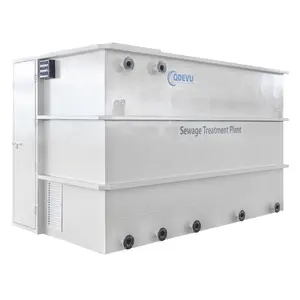
Nhà Máy xử lý nước thải nhà máy xử lý bể Sợi tự hoại 80pe cho nước thải nhỏ vi khuẩn sử dụng trong nước
5.580,00 US$ - 5.880,00 US$
Min Order: 1 Bộ
CNSupplier


Huachuang Xử Lý Nước Ozone Bộ Phận Trộn Khí Lỏng Trộn Bơm Nước
385,00 US$ - 408,00 US$
Min Order: 1 Cái
CNSupplier
4 yrs

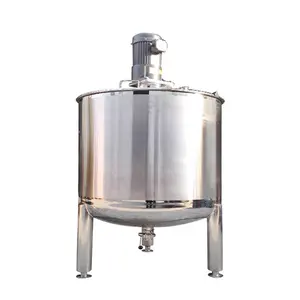
100 Lít Sưởi Ấm Trộn Tank Tốc Độ Cao Dầu Gội Trộn Tank 100 L Mỹ Phẩm Kem Trộn Tank
2.254,00 US$ - 2.300,00 US$
Min Order: 1 Cái
Barrel Volume (L): 2000
CNSupplier

Thép không gỉ Mixer trộn Tank 100 200 250 300 500 1000 1500 2000 L 10000L
1.999,00 US$
Min Order: 1 Bộ
CNSupplier
11 yrs

Chất nhũ hóa trộn Tank cho mỹ phẩm Kem 500 lít chân không xà phòng trộn Tank 100 L 5000L 1000 lít
1.750,00 US$ - 1.850,00 US$
Min Order: 1 Bộ
CNSupplier
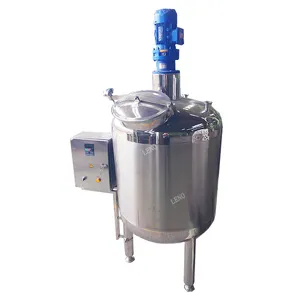
Trung quốc sản xuất thép không gỉ 100 lít trộn xe tăng cho rượu vang bia và thực phẩm khác Xe Tăng khối lượng 50l-20000l
1.450,00 US$ - 1.500,00 US$
Min Order: 1 Bộ
Barrel Volume (L): 100
CNSupplier

Cosmati 5000L 10000L 20000l xăng dầu Jelly máy làm bằng thép không gỉ chất lỏng trộn Máy trộn Tank
20.000,00 US$ - 50.000,00 US$
Min Order: 1 Bộ
Barrel Volume (L): 1000
CNSupplier

100 to 10000l Food Grade Stainless Steel Mixing Tank With Agitator
Sẵn sàng vận chuyển
899,00 US$ - 2.699,00 US$
Min Order: 1 Bộ
Shipping per piece: 110,00 US$
CNSupplier

Kem dưỡng da thép không gỉ 100 lít trộn bể nhũ hóa homogenizer điện sưởi ấm trộn bể KHUẤY TRỘN bể
23.000,00 US$
Min Order: 1 Bộ
Barrel Volume (L): 100
CNSupplier
9 yrs
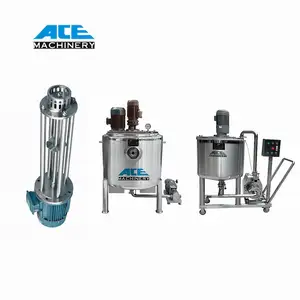
Tự động thép không gỉ trộn Tank 50 100 200 300 500 lít 1000 2000 3000 L công suất cao 1-30 tấn
Sẵn sàng vận chuyển
2.250,00 US$ - 2.300,00 US$
Min Order: 1 Bộ
Shipping per piece: 300,00 US$
Barrel Volume (L): 1000
CNSupplier
6 yrs

Máy móc hóa chất thép không gỉ trộn Tank 10000L
8.000,00 US$
Min Order: 1 Bộ
Barrel Volume (L): 3000
CNSupplier
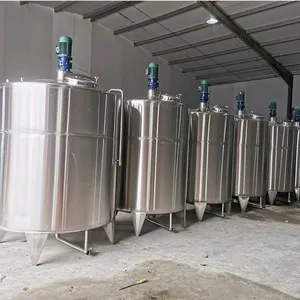
2kl SS316 100 L hỗn hợp Tank 5000L hóa chất không gỉ quay ACE thép trộn Tank với nóng
750,00 US$ - 800,00 US$
Min Order: 2 Cái
CNSupplier
2 yrs

5000L 10000L SUS304 thép không gỉ phân bón hóa học trộn Tank
2.200,00 US$ - 3.800,00 US$
Min Order: 1 Bộ
Barrel Volume (L): 1000
CNSupplier
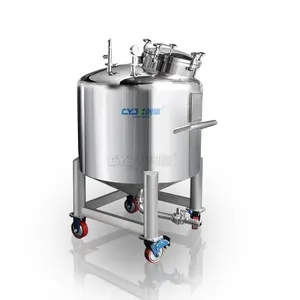
Cyjx 500L 10000L trộn Tank khuấy bể bioreactor hóa chất con dấu bể chứa
2.500,00 US$ - 3.000,00 US$
Min Order: 1 Bộ
CNSupplier
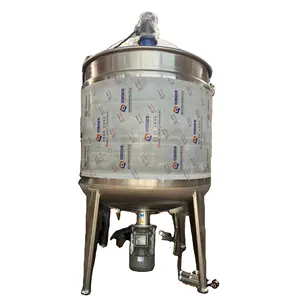
Dung tích lớn 10000L trộn Tank cho xà phòng nước hoa
3.650,00 US$ - 3.710,00 US$
Min Order: 1 Bộ
Barrel Volume (L): 1000
CNSupplier
3 yrs

Thép không gỉ dầu gội Mixer dây chuyền sản xuất Tank 10000L trộn Tank xà phòng trộn Tank
3.000,00 US$ - 3.100,00 US$
Min Order: 1 Bộ
Barrel Volume (L): 50
CNSupplier
1 yrs
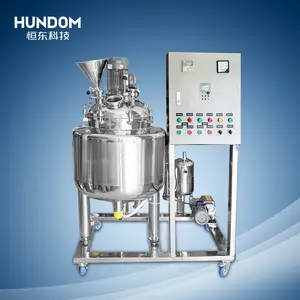
Máy trộn chân không homogenizer dán bể trộn, Kem dưỡng da và máy làm kem
1.750,00 US$ - 1.800,00 US$
Min Order: 1 Bộ
CNSupplier

500L 1000L thép không gỉ Tank với khuấy homogenizer Mixer Tank với áo khoác điện sưởi ấm thép không gỉ trộn Tank
1.000,00 US$ - 3.000,00 US$
Min Order: 1 Bộ
Barrel Volume (L): 5000
CNSupplier
8 yrs

Nhà Máy Bán Trực Tiếp 316L / 304 Thép Không Gỉ 500 / 1000 Gallon Bể Trộn
2.000,00 US$ - 3.000,00 US$
Min Order: 1 Bộ
CNSupplier
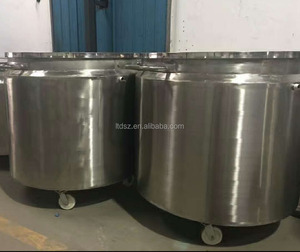
Trung quốc nhà cung cấp tốt thép không gỉ di chuyển trộn tank với ba lan
200,00 US$ - 1.600,00 US$
Min Order: 1 Bộ
CNSupplier
16 yrs

Giá tốt nhất chất lỏng nhũ hóa homogenizer máy hơi nước điện sưởi ấm Mixer trọng thép không gỉ trộn Tank với khuấy
2.500,00 US$
Min Order: 1 Đơn vị
Barrel Volume (L): 100
CNSupplier
3 yrs
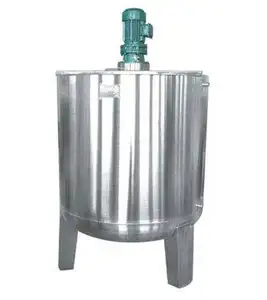
Giá rẻ sưởi ấm xe tăng/đệm xe tăng/khuấy Tank (đẹp hoàn thiện)
495,00 US$ - 500,00 US$
Min Order: 1 Bộ
Barrel Volume (L): 1000
CNSupplier

Máy Trộn Hóa Chất Điện Có Vỏ Bọc Bằng Thép Không Gỉ 500l 1000L 2000l Máy Trộn Với Bể Trộn Chất Lỏng
4.400,00 US$ - 4.500,00 US$
Min Order: 1 Bộ
Barrel Volume (L): 20000
CNSupplier
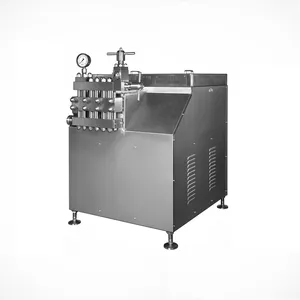
Hơi Nước Nóng Xe Tăng Sáp Trộn Xe Tăng
3.500,00 US$
Min Order: 1 Bộ
Barrel Volume (L): 1800
CNSupplier
15 yrs

Axit mạnh và thiết bị trộn kiềm mạnh xút và bể sản xuất trộn Kali Hydroxit
2.800,00 US$ - 6.500,00 US$
Min Order: 1 Đơn vị
Barrel Volume (L): 2000
CNSupplier
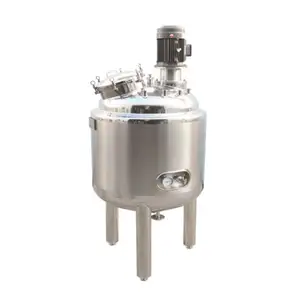
Kmc thép không gỉ máy móc hóa chất Tự động chân không điện sưởi ấm trộn Tank
3.800,00 US$ - 6.800,00 US$
Min Order: 1 Bộ
CNSupplier
2 yrs

Dzjx Chất Tẩy Rửa Xà Phòng Lỏng Thép Không Gỉ Điện Sưởi Ấm Mixer Giá Nước Hoa Trộn Tank Với khuấy
1.988,00 US$ - 2.888,00 US$
Min Order: 1 Cái
CNSupplier

Thép không gỉ sưởi ấm và làm mát Áo trộn Tank với khuấy
3.400,00 US$ - 3.500,00 US$
Min Order: 1 Cái
CNSupplier

PVC Trộn Tank Với KHUẤY TRỘN Tàu Cho Chăm Sóc Tóc Nước Axit Mạnh Và Khuấy Chất Lỏng Mixer
3.500,00 US$
Min Order: 1 Bộ
CNSupplier

Sản Phẩm Mới Tank Cho Lưu Trữ Nước Lotion Kem Thép Không Gỉ Di Chuyển Lưu Trữ Tank
700,00 US$
Min Order: 1 Bộ
CNSupplier
6 yrs

Pha trộn cơ sở và tinh dầu cố định mái kín xe tăng/công nghiệp sữa Mixer Tank phân tán hòa tan trộn chất lỏng máy
4.600,00 US$ - 5.000,00 US$
Min Order: 1 Cái
CNSupplier

Cấp Thực Phẩm Chất Lượng Cao Áo Khoác Sưởi Ấm Trộn Thép Không Gỉ Xe Tăng Cho Nước Trái Cây Sữa
2.500,00 US$ - 2.800,00 US$
Min Order: 1 Bộ
CNSupplier

Tùy Chỉnh Bể Lưu Trữ Nước Dầu Nhiên Liệu Và Chất Lỏng Lưu Trữ Thép Không Gỉ Con Dấu Xe Tăng Cho Nước Dầu Lưu Trữ
900,00 US$ - 1.200,00 US$
Min Order: 1 Bộ
CNSupplier

1500L nước ép trái cây trộn Tank trộn Tank cho nước trái cây làm
2.900,00 US$ - 3.000,00 US$
Min Order: 1 Bộ
CNSupplier

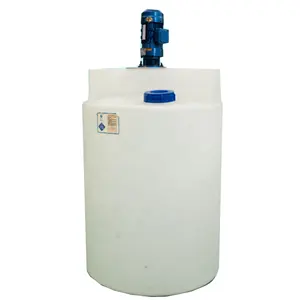
Hot Bán New 100L Pe Hóa Chất Kích Động Xe Tăng 100 Lít 200 LÍT Pe Bồn Nước Nhựa
110,00 US$ - 120,00 US$
Min Order: 1 Cái
CNSupplier
5 yrs
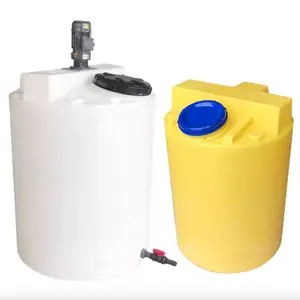
Dày 100l-10 Tấn PE Định Lượng Trộn Thùng Với Động Cơ Pam Đại Lý Xử Lý Nước Thải Định Lượng Hộp Thụ Phân Bón Tank
Sẵn sàng vận chuyển
200,00 US$
Min Order: 1 Bộ
Shipping per piece: 408,74 US$
Barrel Volume (L): 2000
CNSupplier
1 yrs



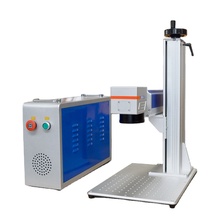



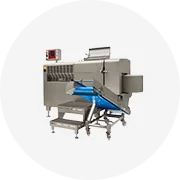






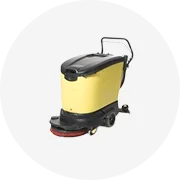


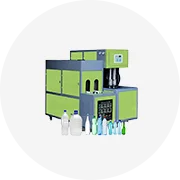
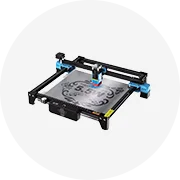

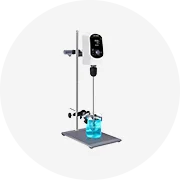
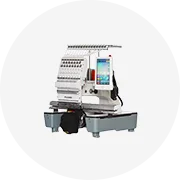









 浙公网安备 33010002000092号
浙公网安备 33010002000092号 浙B2-20120091-4
浙B2-20120091-4